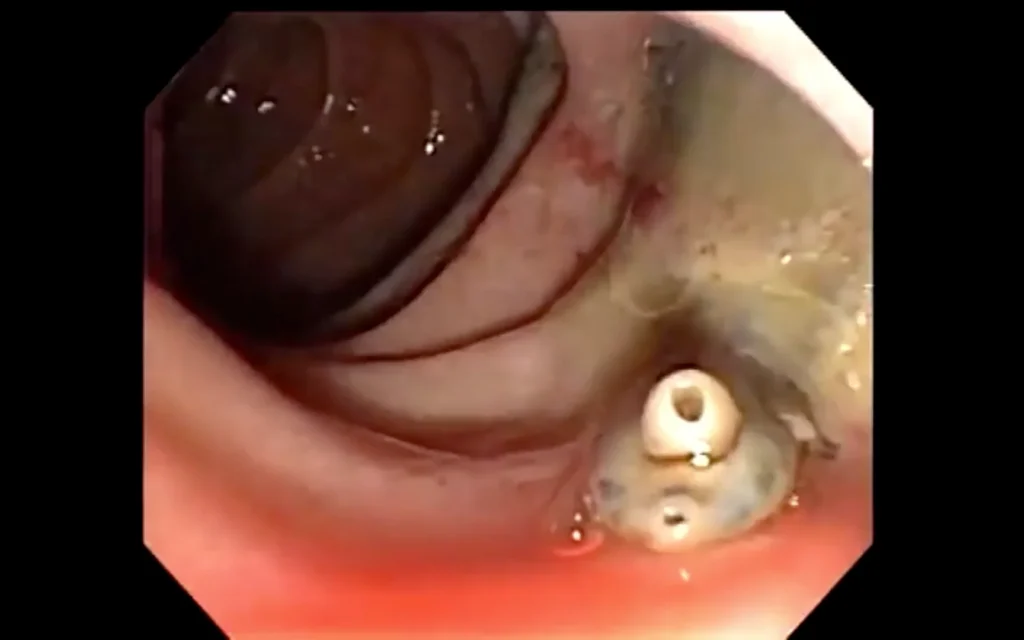Clonorchiasis is a significant parasitic disease caused by the liver fluke Clonorchis sinensis. This infection predominantly affects the liver and bile ducts, leading to various hepatobiliary disorders. Endemic to East Asia, particularly in regions such as China, Korea, Vietnam, and parts of Russia, clonorchiasis poses a substantial public health challenge. The World Health Organization estimates that millions are affected globally, with the majority of cases concentrated in these areas.

Etiology and Life Cycle of Clonorchis sinensis
Clonorchis sinensis, commonly known as the Chinese liver fluke, is a trematode parasite with a complex life cycle involving multiple hosts. The adult fluke resides in the bile ducts of definitive hosts, including humans and other fish-eating mammals. Eggs are excreted in the host’s feces and, upon reaching freshwater, are ingested by specific snail species, the first intermediate hosts. Within the snail, the parasite undergoes several developmental stages before releasing free-swimming cercariae. These cercariae then infect freshwater fish, encysting as metacercariae in the fish’s tissue. Humans become infected by consuming raw or undercooked freshwater fish containing these metacercariae. Once ingested, the metacercariae excyst in the duodenum and migrate to the bile ducts, maturing into adult flukes.
Epidemiology
Clonorchiasis is endemic in several East Asian countries, with China bearing the highest burden. Factors contributing to its prevalence include traditional dietary practices, such as the consumption of raw or undercooked freshwater fish, and aquaculture practices that facilitate the parasite’s life cycle. In endemic regions, infection rates can be particularly high among communities with these dietary habits. Additionally, global migration and the international trade of freshwater fish have led to cases being reported in non-endemic areas, highlighting the importance of awareness and preventive measures worldwide.
Clinical Manifestations
The clinical presentation of clonorchiasis varies depending on the intensity and duration of infection. Many individuals with light infections remain asymptomatic. However, in moderate to heavy infections, symptoms may include:
- Right upper abdominal pain
- Fatigue
- Indigestion
- Diarrhea
Chronic infections can lead to more severe complications, such as:
- Cholangitis (inflammation of the bile ducts)
- Cholecystitis (inflammation of the gallbladder)
- Cholelithiasis (gallstones)
- Liver cirrhosis
- Increased risk of cholangiocarcinoma (bile duct cancer)
The International Agency for Research on Cancer has classified Clonorchis sinensis as a Group 1 biological carcinogen due to its association with bile duct cancer.
Diagnosis
Diagnosing clonorchiasis primarily involves the detection of characteristic eggs in stool samples using microscopic examination. However, the eggs of Clonorchis sinensis are morphologically similar to those of other liver flukes, necessitating careful analysis. In some cases, serological tests or imaging studies, such as ultrasound or CT scans, may assist in identifying complications or confirming the presence of adult flukes in the bile ducts.
Treatment
The antiparasitic medication praziquantel is the treatment of choice for clonorchiasis. It is highly effective in eliminating the adult flukes from the bile ducts. In cases where complications have arisen, additional interventions, including surgical procedures, may be necessary to manage conditions such as bile duct obstruction or gallstones. Early diagnosis and treatment are crucial to prevent long-term health issues.
Prevention and Control
Preventing clonorchiasis centers on interrupting the parasite’s life cycle and reducing the risk of human infection. Key preventive measures include:
- Safe Food Practices: Avoid consuming raw or undercooked freshwater fish. Proper cooking or freezing fish can effectively kill the metacercariae.
- Health Education: Raising awareness about the risks associated with eating raw fish and promoting safe food handling practices in endemic regions.
- Environmental Management: Implementing measures to control snail populations and improve sanitation can reduce the transmission of the parasite.
Public health initiatives focusing on these strategies have been instrumental in reducing the incidence of clonorchiasis in various regions.